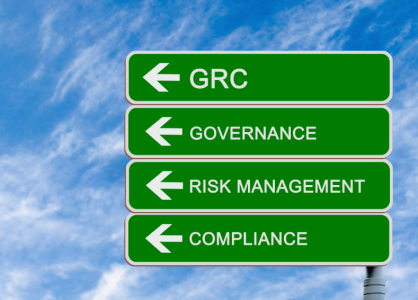Governance is often misunderstood as a single event—something addressed at the start of a contract or agreement, then forgotten until renewal or crisis. However, effective governance is much more than a one-time checklist; it is a continuous, dynamic lifecycle process that spans the entire duration of any business or organizational relationship.
Why Governance Is a Lifecycle, Not a Snapshot
Every relationship—whether with a client, partner, supplier, or employee—evolves over time. Risks, obligations, and expectations change as the relationship progresses. Governance that fails to adapt across these stages leaves organizations exposed to unforeseen challenges, compliance failures, and lost opportunities.
Treating governance as a lifecycle means recognizing it as a series of coordinated activities designed to mitigate risk, ensure accountability, and optimize outcomes from start to finish.
Key Stages of the Governance Lifecycle
According to insights from Deloitte’s research on governance across the relationship lifecycle, lifecycle governance includes several critical phases:
1. Onboarding
Proper governance begins with thorough onboarding procedures—vetting partners or employees, clarifying roles and responsibilities, and establishing clear contractual terms. This foundational step sets the tone for trust and accountability.
2. Ongoing Monitoring
Governance doesn’t stop once the relationship is established. Continuous monitoring ensures compliance with agreed terms, tracks performance metrics, and identifies emerging risks early. Effective oversight requires regular reviews and real-time data collection.
3. Issue Management
When problems arise, governance frameworks provide structured mechanisms to address disputes, implement corrective actions, and communicate transparently. Timely intervention prevents escalation and preserves relationships.
4. Renewal and Adaptation
As circumstances change, governance must evolve. This may include renegotiating terms, adjusting service levels, or incorporating new regulatory requirements to reflect shifting realities.
5. Exit and Termination
Governance extends to the end of relationships as well. Clear exit protocols and termination procedures minimize risk, protect sensitive information, and ensure orderly transitions—safeguarding both parties’ interests.
How Governancepedia Supports Lifecycle Governance
At Governancepedia, we recognize that mastering lifecycle governance is essential for managing risk and sustaining healthy relationships. Our platform provides step-by-step insights and resources tailored to each phase of the governance lifecycle:
- Onboarding best practices to help you start relationships on the right foot.
- Monitoring tools and templates for ongoing oversight and risk detection.
- Issue resolution frameworks to handle conflicts effectively.
- Guidance on renewal strategies to adapt governance as needed.
- Exit protocols that ensure smooth, compliant relationship closures.
By offering comprehensive, easy-to-understand knowledge, Governancepedia empowers professionals and organizations to embed governance seamlessly throughout every stage of their interactions.
The Value of Lifecycle Governance
Adopting a lifecycle governance approach means organizations are better equipped to:
- Proactively manage risks before they become crises
- Maintain transparent, accountable partnerships
- Ensure compliance with evolving regulations
- Optimize relationship value and longevity
- Protect reputation and operational integrity
Governance is not a checkbox—it’s a continuous journey. With Governancepedia’s guidance, you can navigate the full governance lifecycle confidently, managing risk and unlocking value at every turn.
Explore Governancepedia today and discover how lifecycle governance can transform your approach to managing relationships.

